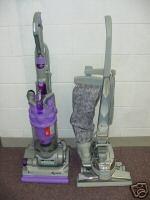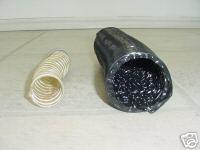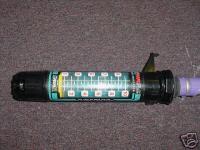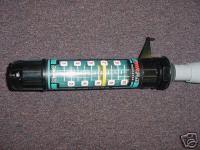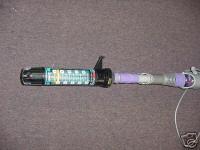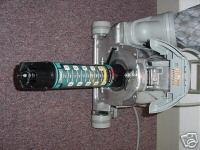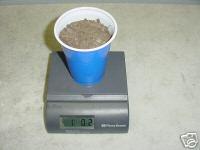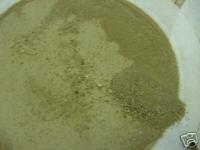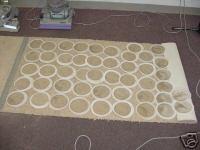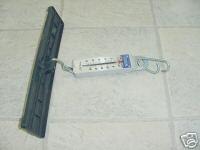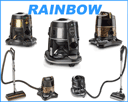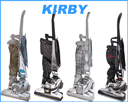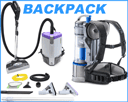I've had a Prolux cannister vac for a number of years. The quality and warranty are great. My power head broke about a month before the warranty expired, but they replaced it immediately. I think my expectations were too high for this vacuum. My cat is messy with her treats and dry food. This struggled to vacuum it up. There are a lot of stick vacuums on the market for way less than 400$. I thought about returning it, but it has a lifetime warranty and they stand behind their products. The things I like about it are the beater brush is easily removed and cleaned, it came with two batteries which are needed as battery life is short, and it does vacuum my kitchen floor decently. For 400$ I can't say I recommend it, but they are a good company and if it breaks I have no doubt they will fix or replace it.
Great bags. Never leak dust.
Superlative service including personal emails. Prolux is the best!
I owned an upright and quickly became disenchanted. It was cumbersome, the lift off feature required me to carry it around and it didn't allow me to easily reach near ceiling and didn't have a feature to vacuum under the furniture. The Prolux RS4 bagless is a dream to use. The canister is relatively light weight, rolls easily, the hose and wands extend and allow me to reach above windows, and under furniture without having to keep changing attachments and the cord is retractable with a push of the button. The one factor which drew me to it is the fact that its made in the USA. Another very impressive fact is the immediate response I received to a question I asked the day I unpacked it. Customer service is amazing!!! I have only had it for a few weeks, hopefully it will continue to impress me.
Back pack vacuum is really good , it’s easy for my workers to finish their job easily


